


UV Stabilizer 770 is a low molecular weight hindered amine light stabilizer (HALS) that provides excellent protection against UV-induced degradation in polymers. It is effective in a variety of polymers, including polypropylene (PP), polyethylene (PE), polystyrene (PS), acrylonitrile butadiene styrene (ABS), and polyurethanes. Its low volatility and high thermal stability make it suitable for applications requiring long-term durability. Also known as Bis(2,2,6,6-tetramethyl-4-piperidyl) sebacate.
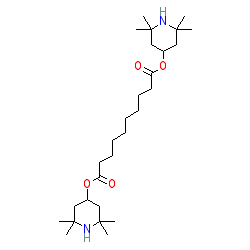

UV Stabilizer 770 is a low molecular weight hindered amine light stabilizer (HALS) that provides excellent protection against UV-induced degradation in polymers. It is effective in a variety of polymers, including polypropylene (PP), polyethylene (PE), polystyrene (PS), acrylonitrile butadiene styrene (ABS), and polyurethanes. Its low volatility and high thermal stability make it suitable for applications requiring long-term durability. Also known as Bis(2,2,6,6-tetramethyl-4-piperidyl) sebacate.

.3d8f8f41.svg)
Industrial Chemicals
.3556d45a.svg)

Light Stabilizers


Low Molecular Weight HALS
Included in Quote
Included in Quote
Included in Quote
Included in Quote
.7767eb0f.png)

Chemical Properties & Specifications
Enhances UV resistance in PP, PE, PS, and ABS products
Improves weatherability in automotive paints, powder coatings, and polyurethane systems
Provides UV stability in various adhesive formulations
Protects against UV degradation in synthetic fibers
It acts as a hindered amine light stabilizer (HALS), protecting polymers from UV-induced degradation.
It is suitable for polyolefins, polyamides, polyesters, polyurethanes, and elastomers.
The concentration typically ranges between 0.1% and 1.0%, depending on the polymer and application.
It absorbs harmful UV rays, protecting coatings from fading, yellowing, and surface degradation over time.
It is FDA-approved for select food-contact applications, but verification with regulations is required.
Yes, it is often blended with antioxidants and UV absorbers for enhanced UV protection and long-term durability.
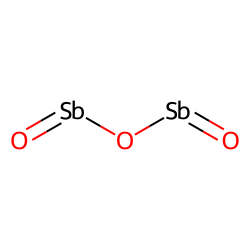
CAS No. : 1309-64-4
Category : Inorganic compound
Sub-Category : Flame retardants
Description: Antimony trioxide (Sb2O3) is an inorganic compound commonly used as a flame retardant and as a catal...
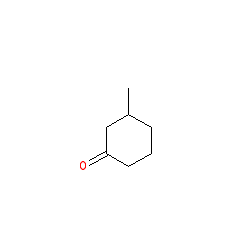
CAS No. : 36306-87-3
Category : Fragrance Ingredients
Sub-Category : Aroma Chemicals
Description: Kephalis is widley used in many industries. It plays a key role in the production of resins, coating...
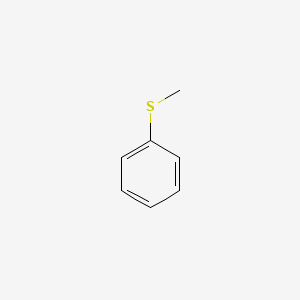
CAS No. : 100-68-5
Category : Pharmaceutical Actives & Precursors
Sub-Category : Intermediates & Precursors
Description: Thioanisole is a colorless to light yellow liquid with an aromatic odor. It serves as a valuable int...
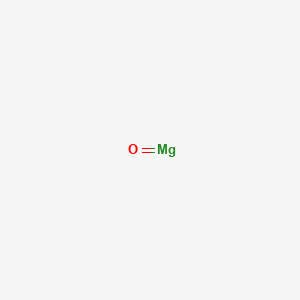
CAS No. : 1309-48-4
Category : Inorganic compound
Sub-Category : Magnesium compounds
Description: Magnesium oxide, commonly known as magnesia, is a white hygroscopic solid mineral that occurs natura...
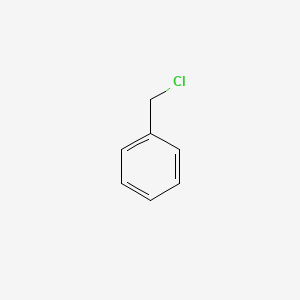
CAS No. : 100-44-7
Category : Organic Intermediate
Sub-Category : Reagents
Description: Benzyl Chloride is a colorless to pale yellow liquid with a pungent odor. It is primarily used as an...